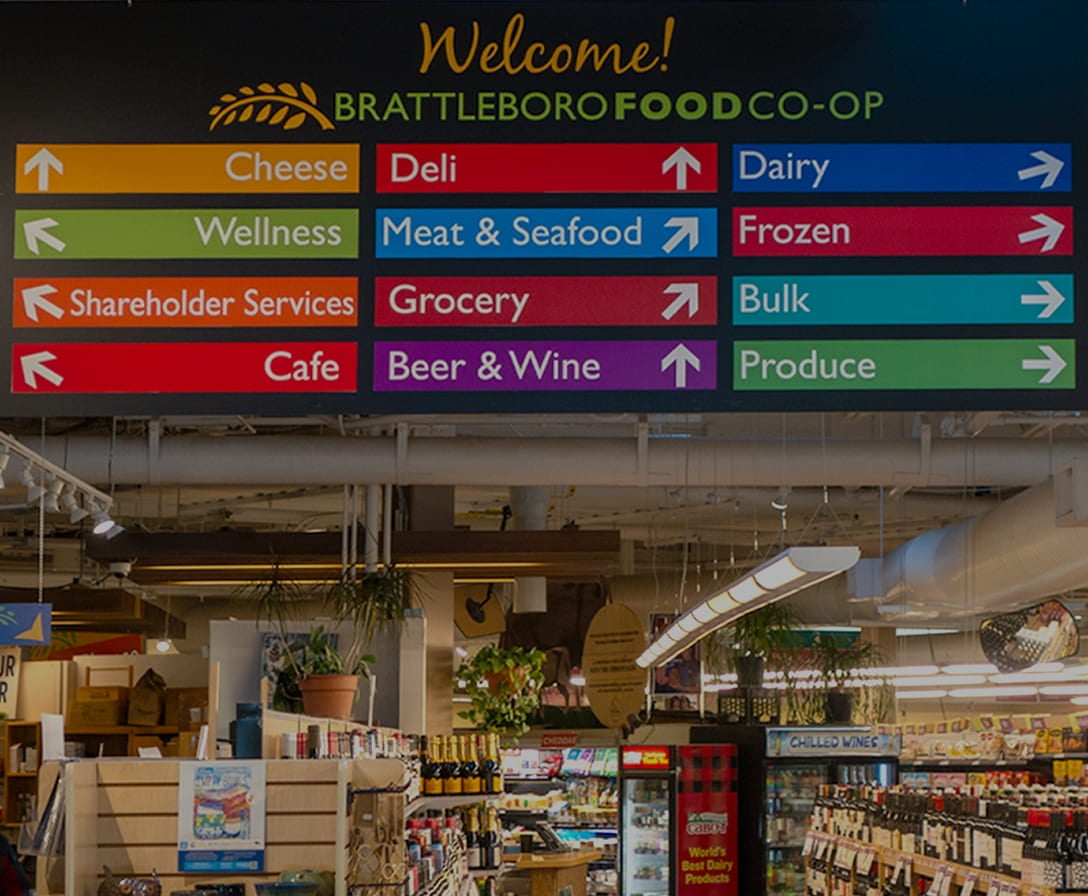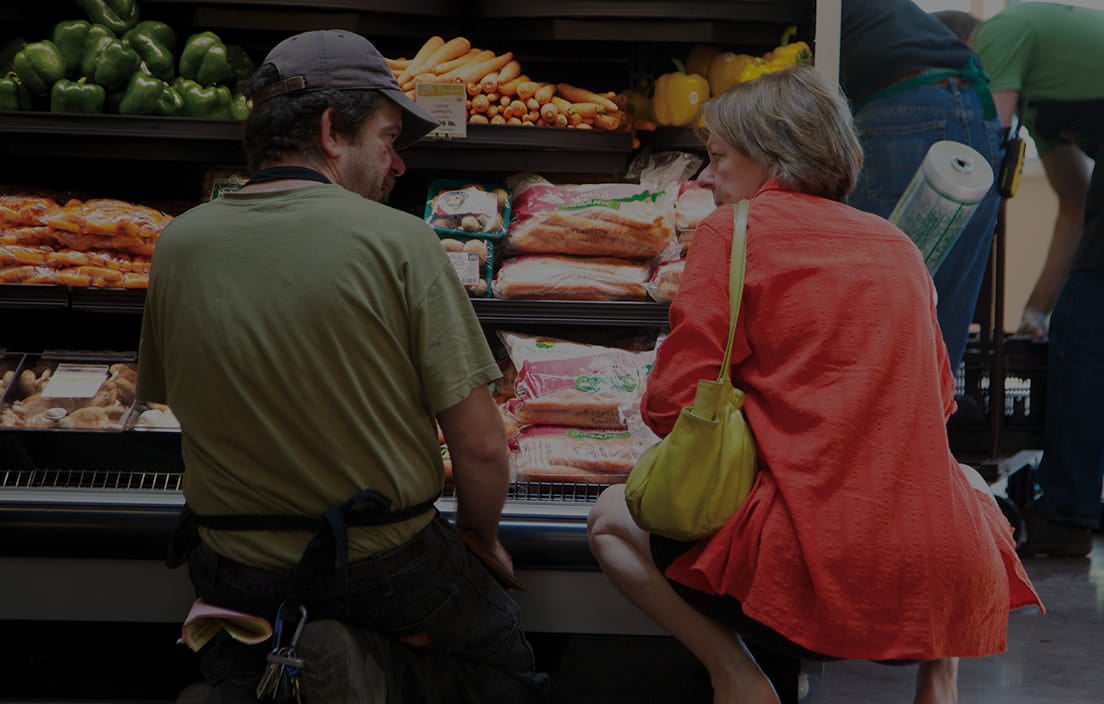How We Measure Up
Every year, you may remember, I report to the Board of Directors how successful we have been in improving our performance related to our Ends policies. These policies are the “ends” that inspire the “means,” and we constantly evaluate and rededicate our decisions in light of those important concepts.
Our first End policy—meeting our shareholders’ collective need for reasonably priced food and products with an emphasis on healthy, locally grown, organic, and fairly traded goods—is often the entry point for customers. If you seek an organic product, a special locally made or grown product, or wish to support fair trade, you would probably check out the Co-op early on. For reasonably priced food, however, we combat a long-time perception that the Co-op is expensive, even elitist in its product line. In fact, just last evening I had a conversation with a customer who was complaining that they couldn’t count on the Co-op “to have some of the everyday crappy food that lots of regular folks look for. I have to go to one of the other supermarkets for that.” I pointed out the various “crappy” conventional items within sight around us, of which there were many, but thanked them for suggesting a product we had not yet included in our shelf set. I promised we would look into that particular request, though we met all the other needs on their list that evening.
It’s a tall order, this co-op thing. We emphasize healthy, local, organic, and fair trade, but we also try to meet the needs of the shopper who is not interested in this emphasis, whether for economic or philosophical reasons. Our general approach is to make sure we have many of those conventional items available, as clean as possible, and to educate and convince those same shoppers over time about great quality you can taste, local selections that make a difference in our community, and the very real benefit of organics and sustainable practices. We believe that, once exposed, those choices are compelling. Still, we labor under the perception of being high priced, which is not necessarily fair, especially when you think through the actual cost of unnaturally cheap food. So, every quarter, we ask managers to look around at their department’s competition and evaluate our price competitiveness, even when we have difficulty finding comparatives with the same attributes.
We have definitely noted that our conventional competitors are paying close attention to our pricing. Wherever they can, they undercut our shelf price on items that they too carry, items like Amy’s prepared dinners and Organic Valley dairy products. The conventional markets across the country are carrying more and more organic and natural products, since this category continues to grow in sales as more and more Americans are finding value with these products.
Thus we look at representative groups of products, department by department, and keep track of our competitiveness. Then, I pluck a selection of products from across all the departments and put them into a “shopping cart comparison,” one that might most closely resemble an actual shopping trip. I’ve included a sample of these, also featuring a section of the graph that takes a working or elder shareholder discount into consideration. Food for All program participants get a slightly bigger discount, so those folks do even better than our graph demonstrates.


Our gross margin, or what we achieve once we subtract our cost of goods from our gross sales, has not changed since we lowered it about two years ago in our strategic price image push—that’s very good news. And as we contemplate our shareholder discount strategy in the various discussions that we’ve been having with you recently, we know that our managers have to plan for discounts in their shelf pricing, since we gave away about $750,000 in discounts at the register last fiscal year. Imagine how favorable our prices would be on the shelf if we didn’t discount so heavily at the point of sale!
Now, back to the attributes of our product line. We are battling pricing on national organic brands. But at no other market, save our brethren co-ops, will you find even a fraction of the local products and the fairly traded products that we stock. And in those moments when your purchasing decision favors those choices, you, and your Co-op, make a very real difference in your community and your economy.
No one can compete with us on that.
See you in the aisles!
Sabine
By Sabine Rhyne, General Manager

About Producer of The Month

Shop Online

On Sale Now!

